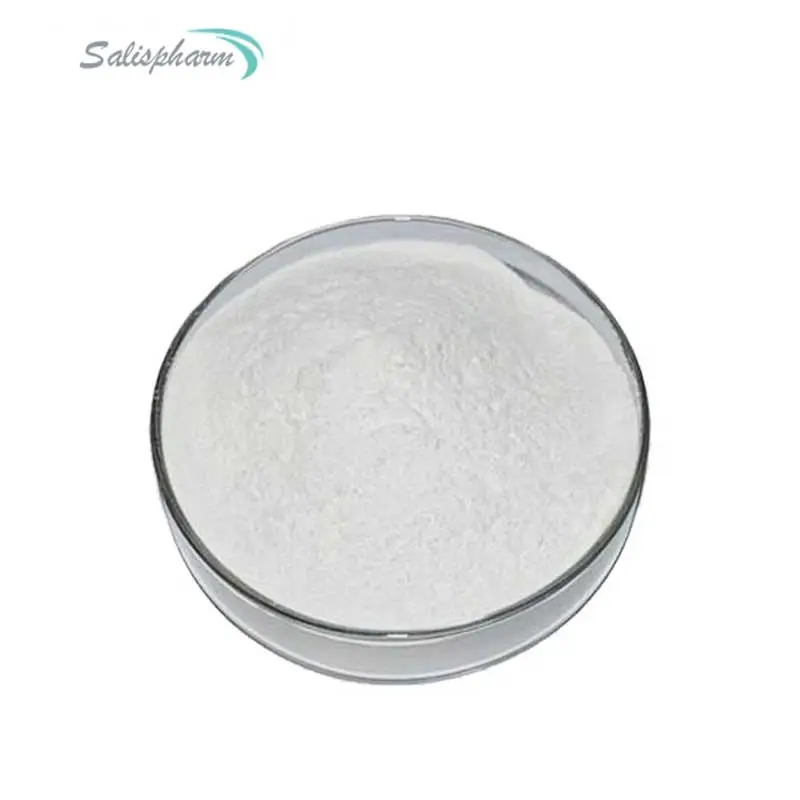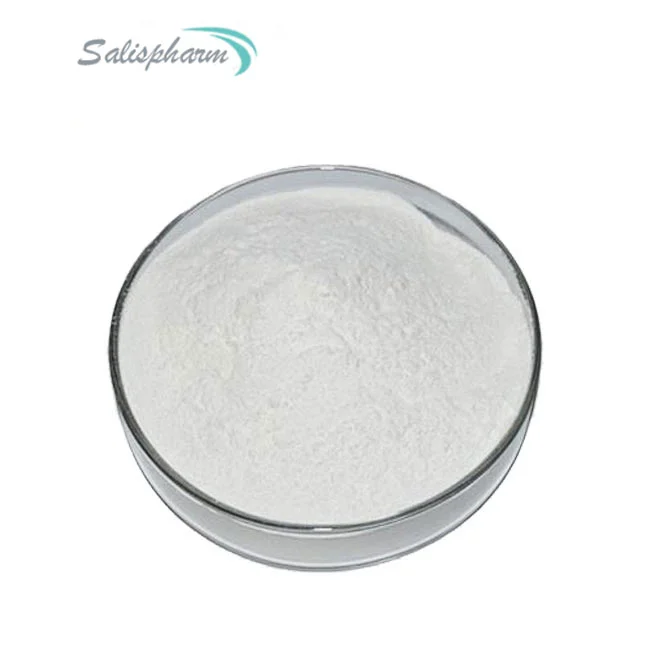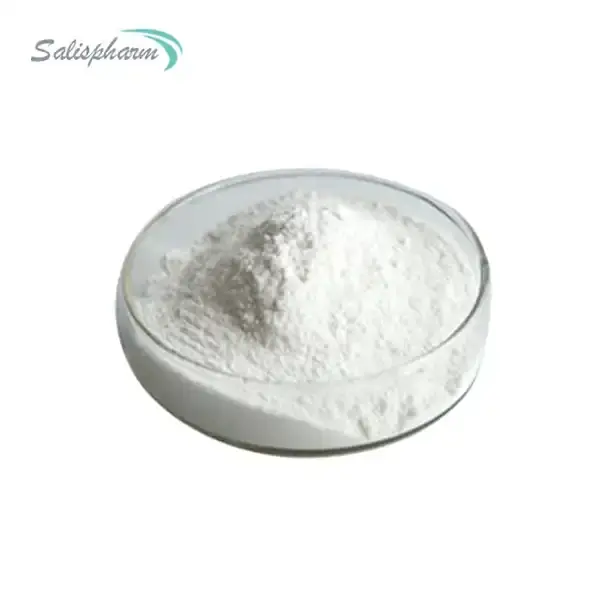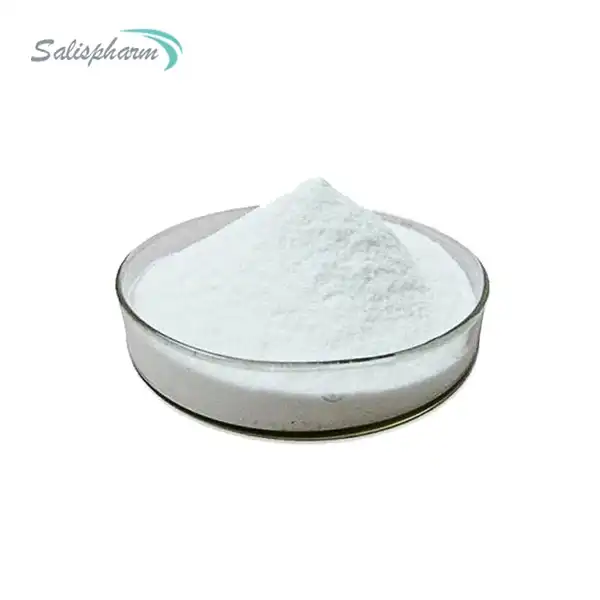Rivaroxaban powder is an active pharmaceutical ingredient (API) that belongs to the class of anticoagulant medications known as direct Factor Xa inhibitors. It is primarily used in the prevention and treatment of various thromboembolic disorders, such as deep vein thrombosis (DVT) and pulmonary embolism (PE). Rivaroxaban works by selectively inhibiting Factor Xa, a key enzyme involved in the blood clotting process, thereby reducing the risk of clot formation and preventing the growth of existing clots.
What are the Indications for Rivaroxaban Powder?
Rivaroxaban powder is approved for several indications, including the prevention of stroke and systemic embolism in patients with non-valvular atrial fibrillation, the treatment of deep vein thrombosis (DVT) and pulmonary embolism (PE), as well as the prevention of recurrent DVT and PE. Additionally, it is used in the prevention of venous thromboembolism (VTE) in patients undergoing hip or knee replacement surgery.
In non-valvular atrial fibrillation, rivaroxaban reduces the risk of stroke by preventing the formation of blood clots in the heart, which could potentially travel to the brain and cause a stroke. For the treatment of DVT and PE, rivaroxaban is effective in preventing the growth of existing clots and reducing the risk of recurrence.
Rivaroxaban powder is also used in the prevention of VTE, a common complication in patients undergoing major orthopedic surgeries, such as hip or knee replacements. During these procedures, patients are at an increased risk of developing blood clots due to immobility and the surgical trauma itself. Rivaroxaban helps to mitigate this risk by inhibiting the clotting process.
How Does Rivaroxaban Powder Work in the Body?
Rivaroxaban powder inhibits Factor Xa, a key enzyme in the coagulation cascade, which is responsible for converting prothrombin into thrombin. Thrombin plays a crucial role in the formation of fibrin, the primary component of blood clots. By selectively inhibiting Factor Xa, rivaroxaban prevents the generation of thrombin and consequently reduces the risk of clot formation.
The mechanism of action of rivaroxaban is highly specific, targeting only the active site of Factor Xa without affecting other components of the coagulation system. This selective inhibition allows for a more targeted approach to anticoagulation therapy, reducing the risk of excessive bleeding while providing effective prevention and treatment of thromboembolic disorders.
Rivaroxaban is absorbed rapidly after oral administration and has a high bioavailability, which means that a significant portion of the administered dose reaches the systemic circulation. Once in the bloodstream, rivaroxaban binds reversibly to Factor Xa, preventing it from catalyzing the conversion of prothrombin to thrombin. This inhibition disrupts the clotting cascade and reduces the formation of fibrin clots.
What are the Potential Side Effects of Rivaroxaban Powder?
Like all anticoagulant medications, the use of rivaroxaban powder carries the risk of bleeding, which is the most common and potentially serious side effect. Patients taking rivaroxaban should be aware of the signs and symptoms of bleeding, such as unusual bruising, nosebleeds, blood in the urine or stools, and seek medical attention immediately if these occur.
Other potential side effects of rivaroxaban powder may include:
1. Gastrointestinal disorders: Nausea, vomiting, constipation, diarrhea, and abdominal pain are possible side effects, although they are typically mild and transient.
2. Headache: Some patients may experience headaches while taking rivaroxaban.
3. Dizziness and fatigue: These side effects can occur, particularly during the initial stages of treatment.
4. Muscle pain and weakness: Rivaroxaban may cause muscle-related side effects in some individuals.
5. Allergic reactions: In rare cases, patients may experience allergic reactions, such as skin rash, itching, or difficulty breathing.
It is important to note that the risk of side effects may be influenced by various factors, including age, underlying medical conditions, and concomitant medications. Patients should carefully follow their healthcare provider's instructions and report any concerning symptoms promptly.
Overall, rivaroxaban powder is a highly effective anticoagulant medication, but its use requires careful monitoring and adherence to dosing guidelines to minimize the risk of adverse effects.
Conclusion
Rivaroxaban powder, a direct Factor Xa inhibitor, plays a crucial role in the prevention and treatment of various thromboembolic disorders. Its selective inhibition of Factor Xa disrupts the coagulation cascade, reducing the risk of clot formation and preventing the growth of existing clots. With its wide range of approved indications, including the prevention of stroke in atrial fibrillation, treatment of DVT and PE, and prevention of VTE after orthopedic surgeries, rivaroxaban has become an important addition to the arsenal of anticoagulant therapies. However, like all anticoagulants, its use requires careful monitoring and adherence to dosing guidelines to minimize the risk of bleeding and other potential side effects.
If you are also interested in this product and want to know more product details, or want to know about other related products, please feel free to contact iceyqiang@aliyun.com.
References:
1. Kearon, C., Akl, E. A., Ornelas, J., Blaivas, A., Jimenez, D., Bounameaux, H., ... & Moores, L. K. (2016). Antithrombotic therapy for VTE disease: CHEST guideline and expert panel report. Chest, 149(2), 315-352.
2. Mega, J. L., Braunwald, E., Wiviott, S. D., Bassand, J. P., Bhatt, D. L., Bode, C., ... & Ruda, M. (2012). Rivaroxaban in patients with a recent acute coronary syndrome. New England Journal of Medicine, 366(1), 9-19.
3. Patel, M. R., Mahaffey, K. W., Garg, J., Pan, G., Singer, D. E., Hacke, W., ... & ROCKET AF Investigators. (2011). Rivaroxaban versus warfarin in nonvalvular atrial fibrillation. New England Journal of Medicine, 365(10), 883-891.
4. Agnelli, G., Buller, H. R., Cohen, A., Curto, M., Gallus, A. S., Johnson, M., ... & Raskob, G. E. (2013). Oral apixaban for the treatment of acute venous thromboembolism. New England Journal of Medicine, 369(9), 799-808.
5. Eriksson, B. I., Borris, L. C., Friedman, R. J., Haas, S., Huisman, M. V., Kakkar, A. K., ... & RECORD1 Study Group. (2008). Rivaroxaban versus enoxaparin for thromboprophylaxis after hip arthroplasty. New England Journal of Medicine, 358(26), 2765-2775.
6. Turpie, A. G., Lassen, M. R., Davidson, B. L., Bauer, K. A., Gent, M., Kwong, L. M., ... & RECORD4 Investigators. (2009). Rivaroxaban versus enoxaparin for thromboprophylaxis after total knee arthroplasty (RECORD4): a randomised trial. The Lancet, 373(9676), 1673-1680.
7. Cohen, A. T., Spiro, T. E., Büller, H. R., Haskell, L., Hu, D., Hull, R., ... & Gallus, A. (2013). Rivaroxaban for thromboprophylaxis in acutely ill medical patients. New England Journal of Medicine, 368(6), 513-523.
8. Connolly, S. J., Ezekowitz, M. D., Yusuf, S., Eikelboom, J., Oldgren, J., Parekh, A., ... & RE-LY Investigators. (2009). Dabigatran versus warfarin in patients with atrial fibrillation. New England Journal of Medicine, 361(12), 1139-1151.









